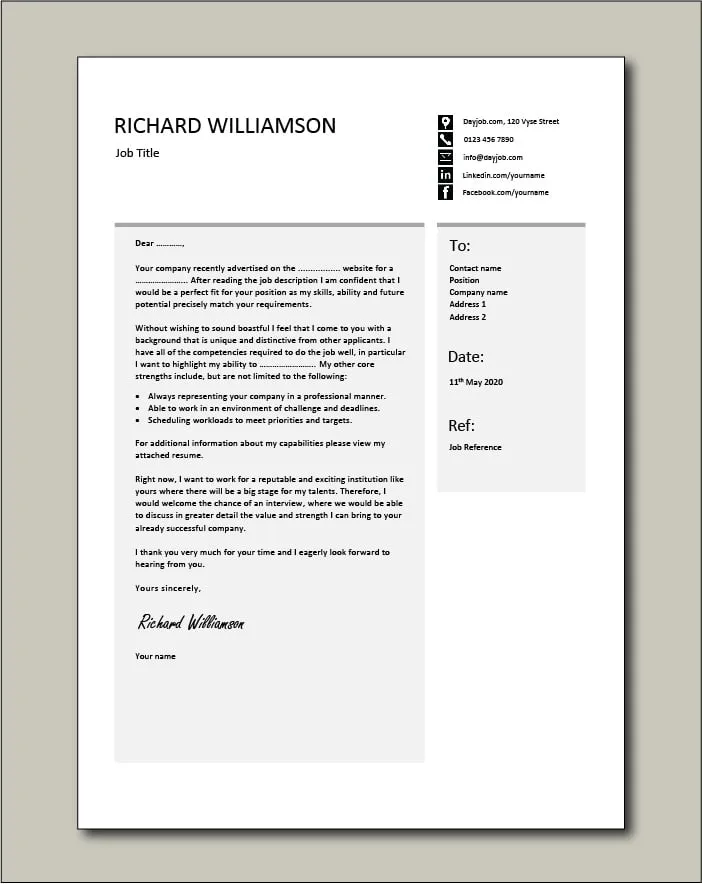Understanding the Importance of a Cover Letter
A cover letter is more than just a formality, it’s your first impression. It is a crucial part of any job application. Unlike a resume, which offers a factual overview of your skills and experience, the cover letter is your opportunity to showcase your personality, demonstrate your enthusiasm for the role, and explain why you’re the perfect fit. A well-crafted cover letter can significantly increase your chances of getting noticed by hiring managers and securing an interview. It allows you to personalize your application, highlighting the specific aspects of your background that align with the job requirements, and illustrating how you can contribute to the company’s goals. Consider it your personal sales pitch, designed to convince the employer that you are the ideal candidate.
Highlighting Your Skills and Experiences
Your cover letter should effectively highlight your skills and experiences that directly relate to the job you are applying for. Avoid generic statements; instead, provide specific examples of your achievements and how they align with the job description. Use action verbs to describe your accomplishments and quantify your results whenever possible. For instance, instead of saying “Managed social media accounts”, you could say “Managed social media accounts, increasing follower engagement by 30% within six months”. This targeted approach demonstrates your value and provides concrete evidence of your capabilities. This strategy not only grabs the attention of the hiring manager but also clearly illustrates how you can contribute to the company’s success.
Tailoring Your Cover Letter to the Job Description

One of the most effective ways to make your cover letter stand out is to tailor it specifically to each job you apply for. Generic cover letters, while easier to produce, often fail to resonate with hiring managers who are looking for candidates who have clearly taken the time to understand their needs. Read the job description carefully and identify the key skills, qualifications, and requirements. Then, in your cover letter, explicitly address these points. Use the same keywords and phrases that are used in the job description, and provide examples of how your experience and skills match their requirements. This personalized approach demonstrates that you are genuinely interested in the role and have the specific qualifications the employer is seeking.
What to Include in a Cover Letter Reference
While not always required, including a reference section in your cover letter can sometimes give your application an added boost. If the job posting specifically requests references, be sure to include them. Generally, a reference section should include the full name of the reference, their professional title, the company they work for, their contact information (phone number and email), and your relationship to them. The reference section is usually placed at the end of the cover letter, just before your closing. Always obtain permission from your references before listing them, and ensure that they are aware of the job you are applying for and the skills you want to highlight. This section adds credibility to your application, providing potential employers with a way to verify your skills and accomplishments.
Why Cover Letter References Matter
Including references in your cover letter provides potential employers with the opportunity to gain insights into your professional capabilities and character. References serve as a third-party validation of your skills, work ethic, and achievements, which can significantly enhance your credibility. They offer an objective perspective on your performance, often revealing details that might not be apparent in your resume or cover letter. Moreover, providing references demonstrates your confidence in your abilities and your willingness to have your work evaluated. This can be particularly important in competitive job markets, where employers are looking for any edge they can get in assessing candidates.
Types of Cover Letter References
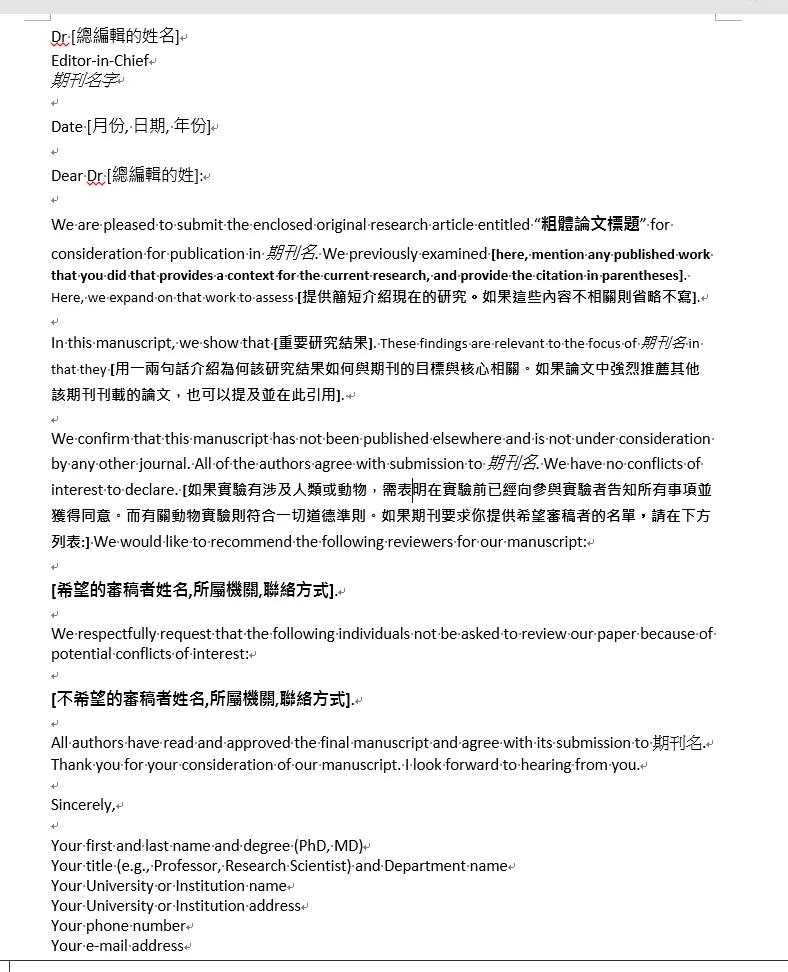
The type of references you include can vary depending on your professional background and the requirements of the job. Common types of references include previous supervisors or managers who can attest to your work performance and skills. Colleagues or team members who have worked with you can provide insights into your teamwork abilities and interpersonal skills. Professors or academic advisors can be valuable if you are a recent graduate or if the job requires specific academic qualifications. In some cases, professional mentors or industry contacts can also serve as references, offering a broader perspective on your capabilities and potential. The best type of reference is someone who can speak directly to the skills and experiences most relevant to the job you are applying for.
Formatting Your Cover Letter Reference Section
Formatting your cover letter reference section clearly and professionally is essential for making a positive impression. If you choose to include references in your cover letter, create a dedicated section near the end of the letter. Label it clearly as “References” or “References Available Upon Request”. Then, for each reference, include their full name, professional title, company, phone number, and email address. Ensure that the information is accurate and up-to-date. Use a consistent format for each reference to maintain a professional appearance. If you prefer not to include references directly in your cover letter, you can state “References available upon request” at the end. This indicates that you are prepared to provide references if needed, but you can also save space and provide more concise information within the letter.
Contact Information
Make sure to include the references’ complete contact information. This includes their phone number and email address. Double-check to ensure all contact details are accurate and current. This is crucial to allow the hiring manager to contact the references. Providing the correct information demonstrates your attention to detail and professionalism.
Professional Titles
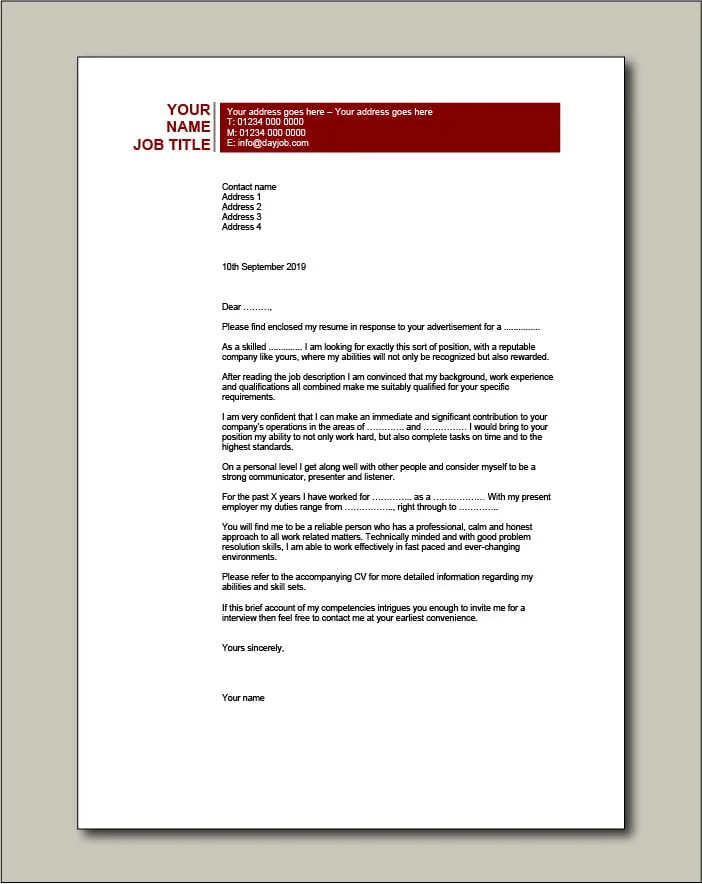
Always list the reference’s current professional title and company. This provides context and helps the hiring manager understand the reference’s credibility. Make sure the job titles are up-to-date.
Relationship to You
Include a brief statement about your relationship with each reference. For example, state if they were your supervisor, a colleague, or a professor. This helps the hiring manager understand the context of the reference and the basis for the reference’s assessment of your skills and capabilities.
How to Ask for Cover Letter Reference
When requesting a reference, be considerate of the individual’s time and effort. Reach out to the person well in advance of your application deadline, giving them ample time to respond. Explain the job you are applying for and why you believe their perspective would be valuable. Briefly describe the key skills and experiences the job requires and highlight how your background aligns with those needs. Providing this context will enable the reference to provide a more informed and relevant recommendation. Express your gratitude for their willingness to support you, and offer to provide them with any additional information they might need, such as your resume, cover letter, or job description.
Best Practices for Requesting References
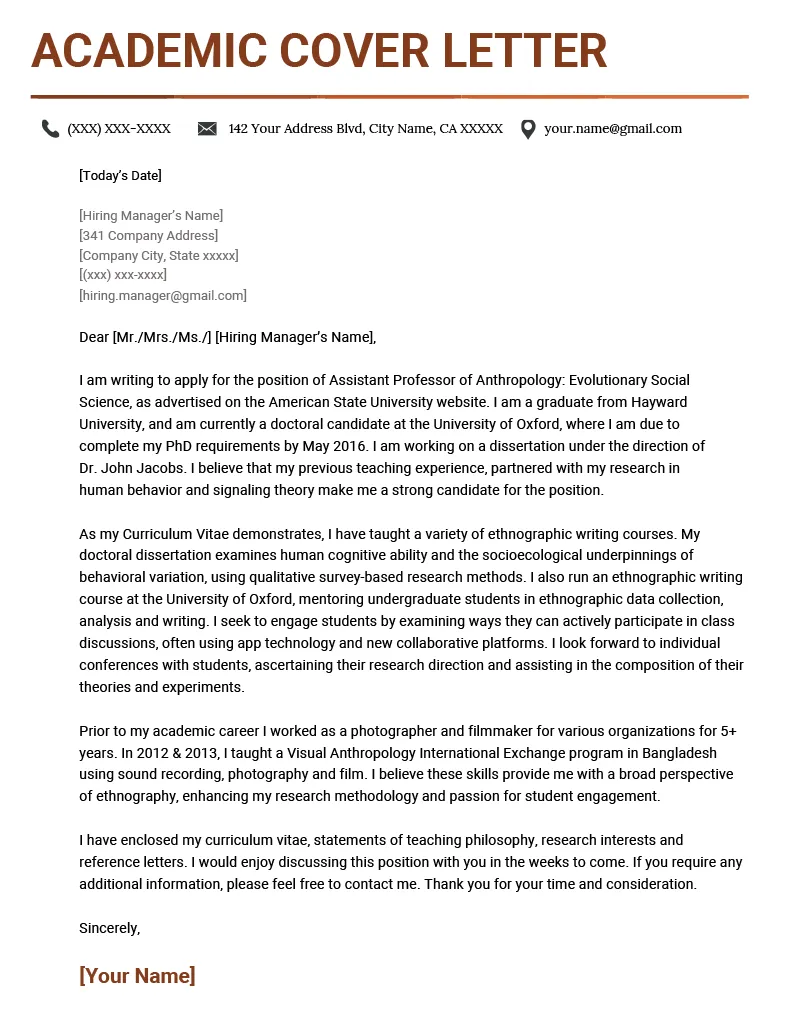
To ensure a smooth process, start by asking for references from people you trust and who know your work well. Always seek permission before listing someone as a reference. Provide your references with all the relevant information, including the job description, your resume, and a summary of the position. This helps them write a more tailored and impactful recommendation. It’s also a good idea to send a thank-you note to your references after the application process, regardless of the outcome. This gesture shows appreciation and helps maintain a positive relationship. Finally, stay in touch with your references, keeping them updated on your career progress, as this helps to strengthen the relationship.
What to Provide with Your Request
When requesting a reference, it is important to provide your potential reference with all the necessary information they need to write a compelling recommendation. At a minimum, you should include a copy of your resume and cover letter, as these documents provide context about your skills, experiences, and the job you are applying for. Include the job description, so the reference can align their comments with the employer’s requirements. If possible, include a brief summary of the job, explaining why you believe you are a good fit for the role. Finally, let the reference know the application deadline and any specific aspects of your qualifications or experiences that you would like them to highlight in their reference. Doing this increases the likelihood of a great reference.
Cover Letter Reference Mistakes to Avoid
Avoid these common mistakes when including references in your cover letter. Neglecting to obtain permission from your references is a serious oversight. It can damage your credibility and potentially embarrass both you and the person you listed. Listing too many or too few references can also be problematic; generally, three to five references are sufficient. Ensure that the references you list are relevant to the job and have the ability to speak to your skills and qualifications. Failing to proofread and edit your reference section for accuracy is another crucial mistake. Typos and outdated contact information can give the impression that you lack attention to detail. Be sure to double-check all information and proofread carefully before submitting your cover letter.
Not Getting Permission
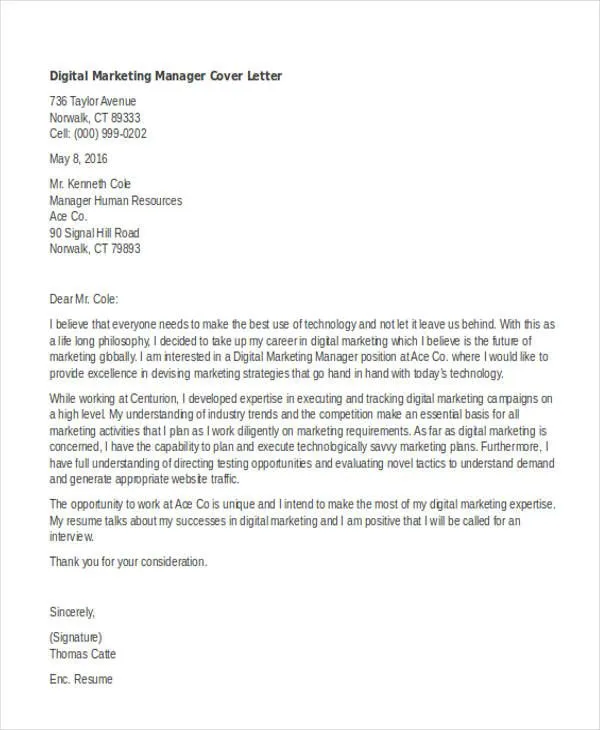
Always obtain permission from your references before listing them in your cover letter or on your resume. This simple step is essential for several reasons. First, it demonstrates respect for the individual’s time and privacy. Second, it allows them to prepare for the possibility of being contacted by the hiring manager and to provide an informed recommendation. Without permission, you risk putting your reference in an awkward situation, potentially damaging their professional reputation as well as your own. Always reach out to your potential references to ensure they are willing and able to support your application before including their contact information.
Listing Too Many or Too Few References
When it comes to including references in your cover letter, the general rule of thumb is to strike a balance. Listing too many references can overwhelm the hiring manager and dilute the impact of your recommendations. Aim for three to five well-chosen references who can speak to your skills and experiences relevant to the job. Conversely, listing too few references might raise questions about your professional network or the availability of individuals who can vouch for your abilities. Ensure you choose references strategically, selecting individuals who can provide the most relevant and compelling testimonials for the position you are applying for.
Failing to Proofread and Edit
The cover letter, including the reference section, should be thoroughly proofread and edited for accuracy. Errors in your references, such as typos in names, incorrect job titles, or outdated contact information, can create a negative impression. These errors suggest a lack of attention to detail and professionalism, which can undermine your chances of getting hired. Double-check all details, paying particular attention to the spelling of names, company names, and contact information. Review your cover letter multiple times, or better yet, ask someone else to proofread it for you. A polished and error-free reference section demonstrates that you are a meticulous and organized candidate.
Cover Letter Reference Examples
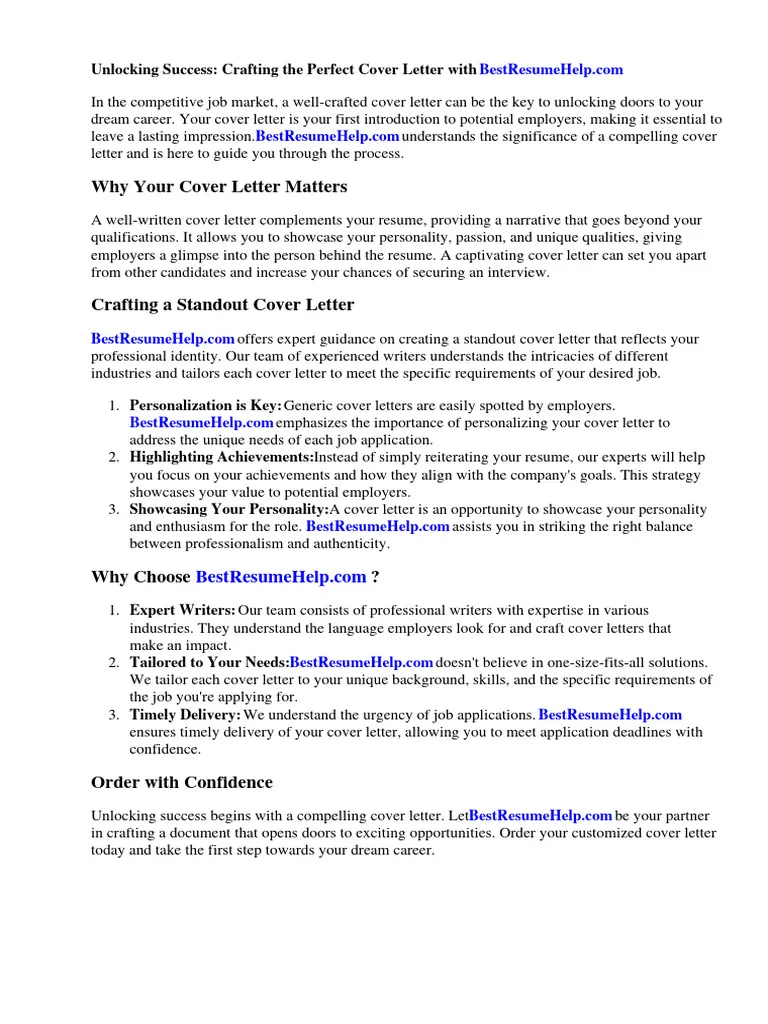
To make it easier, here are some example to add in your cover letter, so you can use it.
Example 1 Reference in cover letter
References can be provided upon request. For questions regarding my qualifications, please contact:
John Smith, Senior Manager, ABC Company, (555) 123-4567, john.smith@email.com
Example 2 Reference in cover letter
References
Jane Doe, Marketing Director, XYZ Corp, (555) 987-6543, jane.doe@email.com
Alice Brown, Project Manager, PQR Inc, (555) 111-2222, alice.brown@email.com
Conclusion
References are an important part of the job-application process. Including the right references, formatted well and getting permission beforehand can make you look professional and prepared. Whether you choose to include references directly in your cover letter or state that they are available upon request, remember to tailor your approach to the specific job and always treat your references with respect. By following these steps, you can create a cover letter that not only showcases your skills and experience but also gives you a strong chance of landing your dream job.
